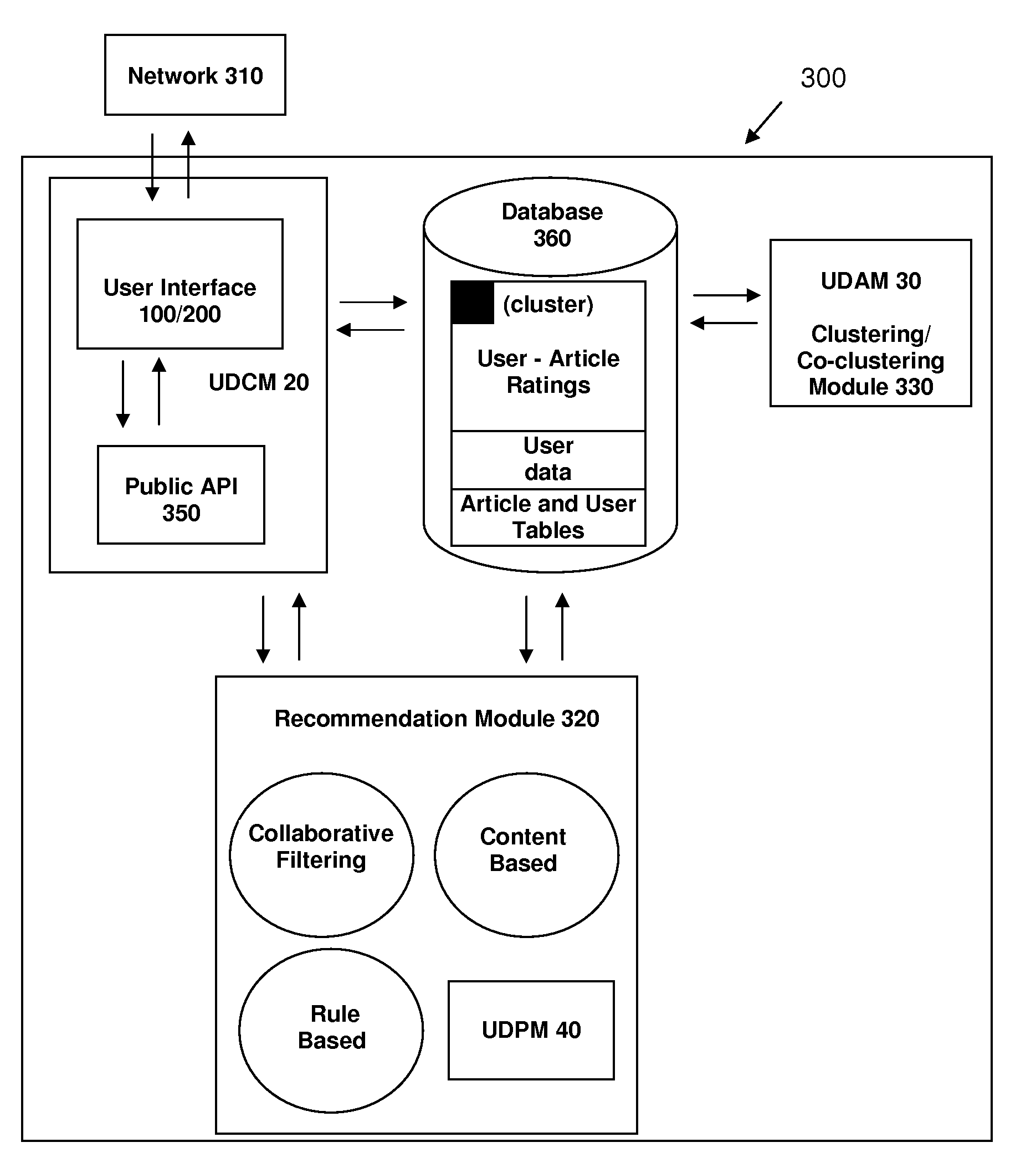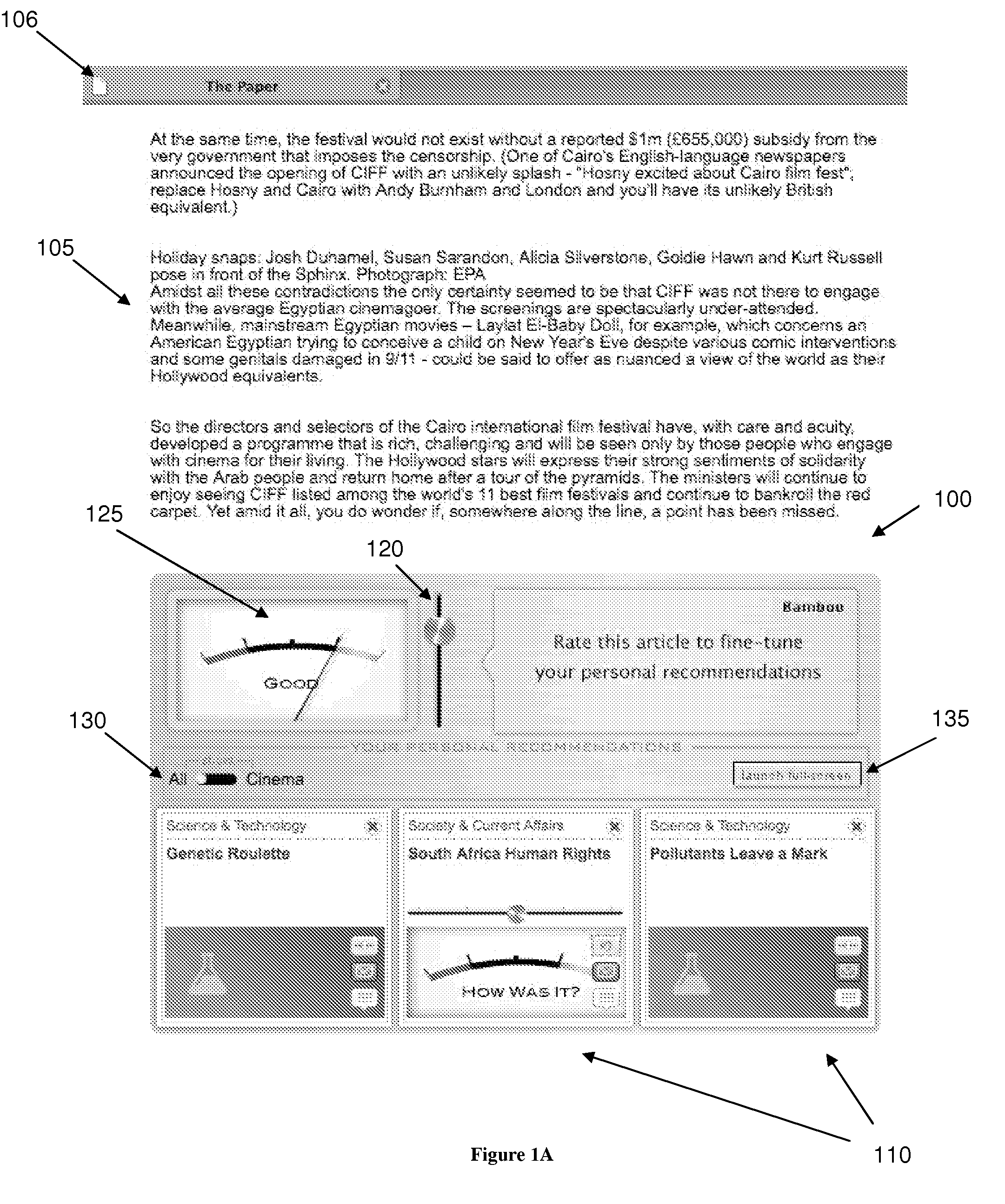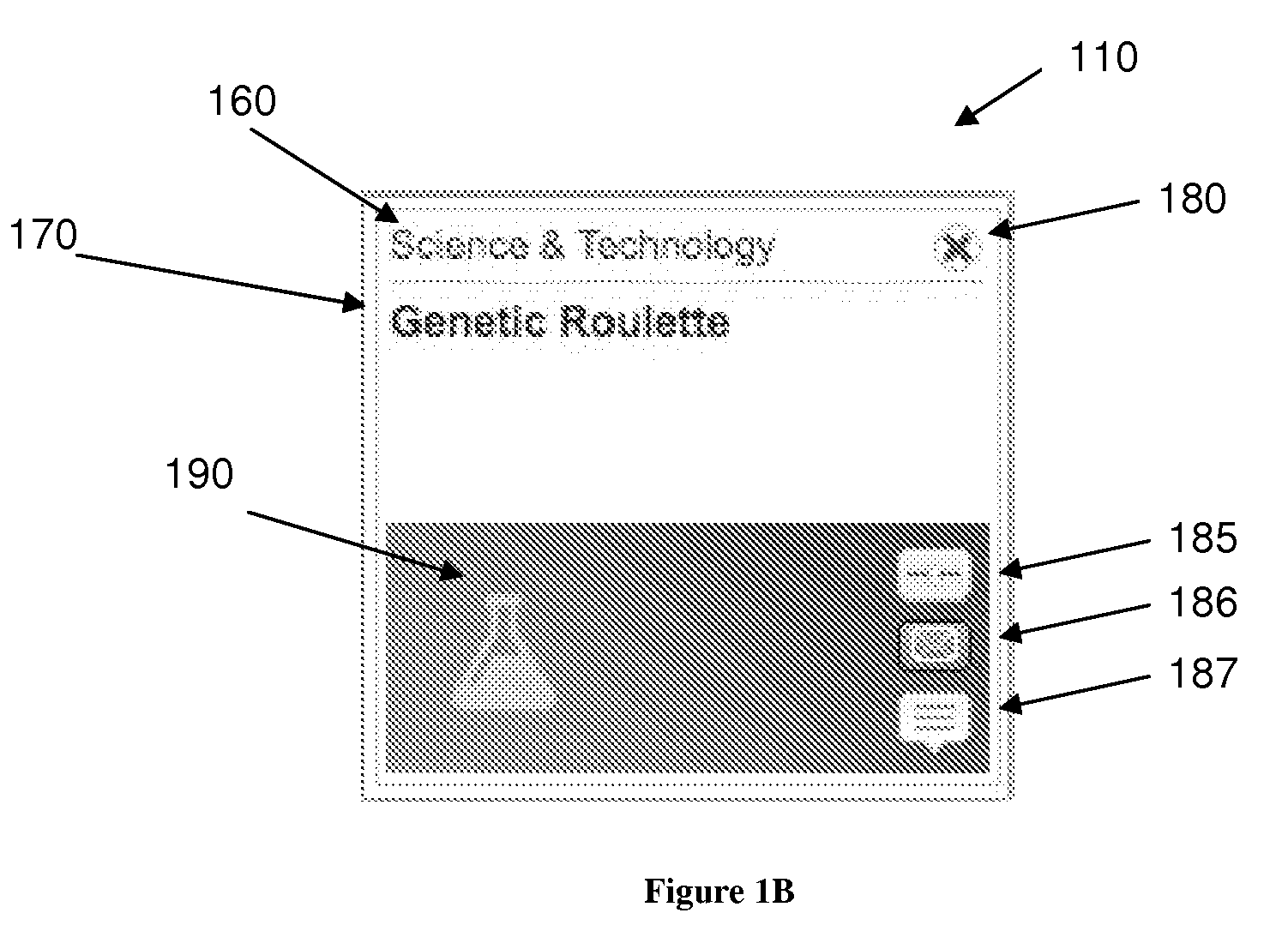It is a challenge for
internet users to separate the relevant from the irrelevant.
If a person has to rely on finding or locating articles or documents known to them in advance, they may miss out on accessing useful, relevant and valuable articles and documents.
Although such content may be of interest to users, they may not want to spend their time searching for it.
As well, searches may return irrelevant, excessive results.
(a) Current Recommender Systems don't focus on the
User Interface. There has been relatively little work carried out on understanding what type of
user interface and user experience will best contribute to use and efficiency of a recommendation engine. The prior art has shown little interest in the type of interface or the properties of the users interaction with the
recommender system. This is a significant problem since the
user interface forms an important aspect of the effectiveness and user acceptance of a recommender system.
(b) Current Recommender Systems do not relate ratings to recommendations in a visible and real-time (or near-real-time) way. Currently available systems do little to promote engagement by the user. Typically the user is asked to provide his or her ratings for an article or other content, but there is no immediate connection between those ratings and the resulting recommendations. Also, users typically have no other choices to specify the kinds of content that they wish to have recommended; while this kind of specification is common in search engines, it is absent in recommendation systems, certainly on large information portals and news sites. The user doesn't have fun in interacting with the system and receiving recommendations from it. As well, the user often has only a limited understanding about why particular recommendations are being made. Because the user cannot see how his or her choices and ratings immediately influence the recommendation or selection of articles, the user may have reduced acceptance of, and confidence in, the
Recommender System. As well, many current systems are relatively impersonal—they simply tell a visitor that “people who read this article also read ______”, or “people who read this article bought ______”. They do not appear to be personalized to a great extent.
(c) It is a challenge to manage
User Input. Users do not want to spend a lot of time interacting with the recommender system. Some recommender systems solve this problem by not having any explicit entry of information, such as ratings, by an individual user. Such systems may recommend only the most frequently viewed, emailed or commented upon articles. This type of system does not personalize or customize recommendations for a user—a significant
disadvantage. At the same time, many Users will not enter ratings or preferences. Another approach to this problem is that some recommender systems collect data about user preferences implicitly. Such information might include pages visited, time spent on the page, whether the page was printed or shared by email. Although it may be less obtrusive to obtain information this way, such information may be quite unreliable or inaccurate as a basis for making recommendations.
(d) New User Problem. Many recommender systems operate, at least in part, by determining that a user is similar to one or more other users, and may be interested in the same things, and then proceeds to recommend to them articles or documents the similar user read or rated highly. Recommender systems are challenged by new users, since there is no or a limited basis to understand how a new user might be similar to existing users. This problem is heightened when a new recommender system is introduced or implemented, since all or many of the users may be fairly characterized as new users. Some systems collect
demographic data on users, such as their occupation, age or income, but users may be reluctant to spend the time to provide extensive amounts of such information. These problems are compounded for idiosyncratic users or users with unusual or unique tastes or interests. For such users, there may not be any (or there may be relatively few, users with similar tastes and interests, and as such, it can be difficult to provide them with effective recommendations.
(e) New Article Problem. Many current recommender systems involve some type of rating of an item (e.g. an article or document), correlate this rating with other user attributes or behaviours, and use such ratings and correlations as at least part of a basis to make recommendations. This leads to a problem when new articles are introduced to the recommender system, namely, that the new articles have not been rated and so that there is no basis upon which to recommend such a new article to other users.
 Login to View More
Login to View More  Login to View More
Login to View More 


